There are 9 tell tale signs and simple tests you can do at home that indicate you need an engine rebuild or at least engine reconditioning.
We recently started offering an engine rebuild and performance servicing through the PBM garage to tackle the tough projects your average local mechanic shys away from.
This article will give instructions that range from simple engine runs, test rides and a few small tests achievable by most home garage tinkerers. Once that’s done and you have an idea of what’s going on inside the powerplant of your bike, we’ll recommend to you the best course of action on getting it repaired and your bike back on the road.
Everyone loves the allure of a classic motorcycle. The visceral experience of riding a vintage motorcycle is something that’s missing from a lot of modern bikes. This, I think, is the driver behind the huge revival of the vintage machine.
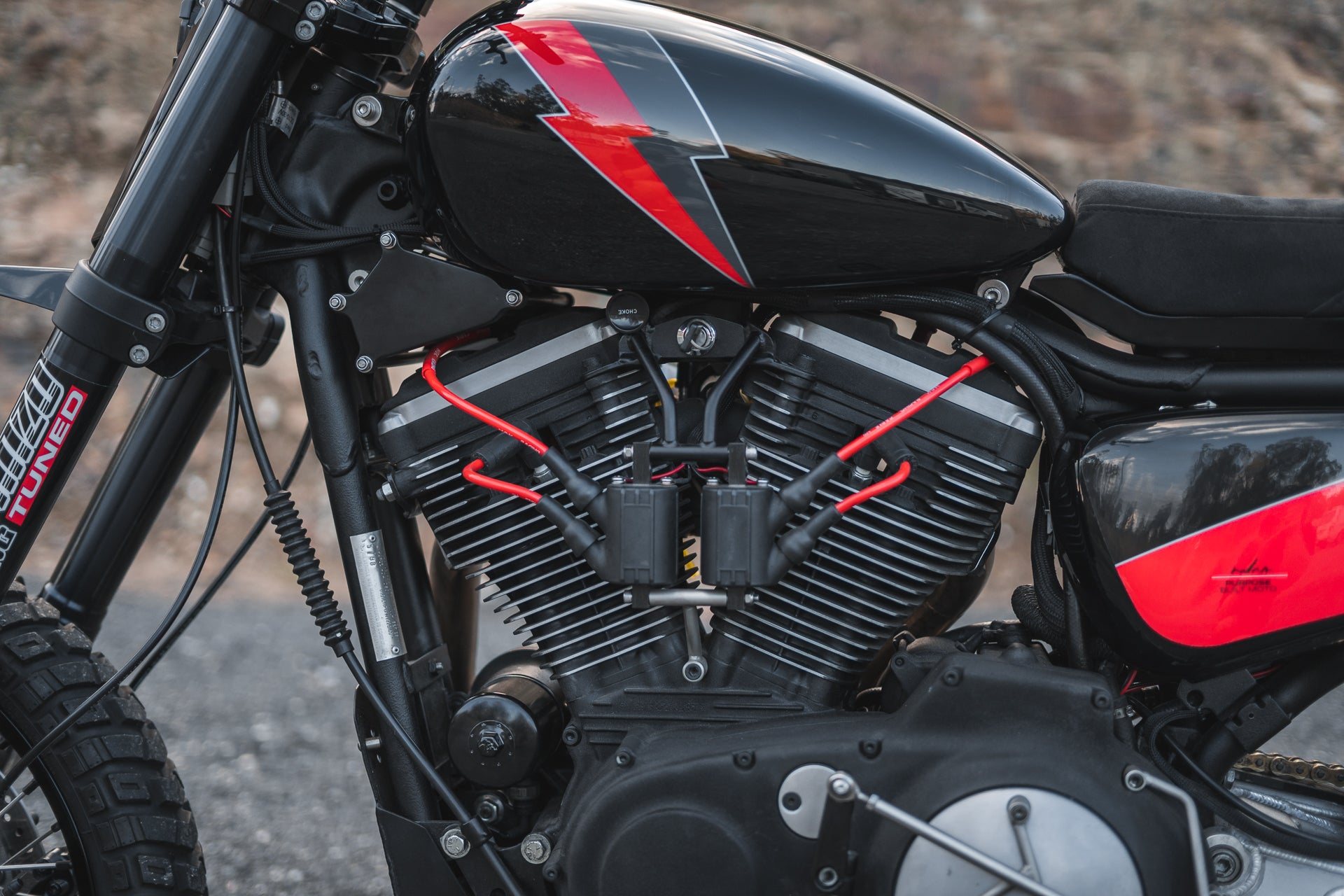
One thing that we hear time and time again from our clients is that they want reliability from their engine. Often older bikes are thought to be void of this elusive reliability. That can be true in some cases, but that’s not to say you can’t make your classic bike reliable. It just takes a little more care on these older machines.
We’ve written a number of blogs on finding and fixing the electrical gremlins that can haunt your classic motorcycle. Now let’s take a look at the tell tale signs that your bike may need some deeper attention than just an oil change and a clean air filter.
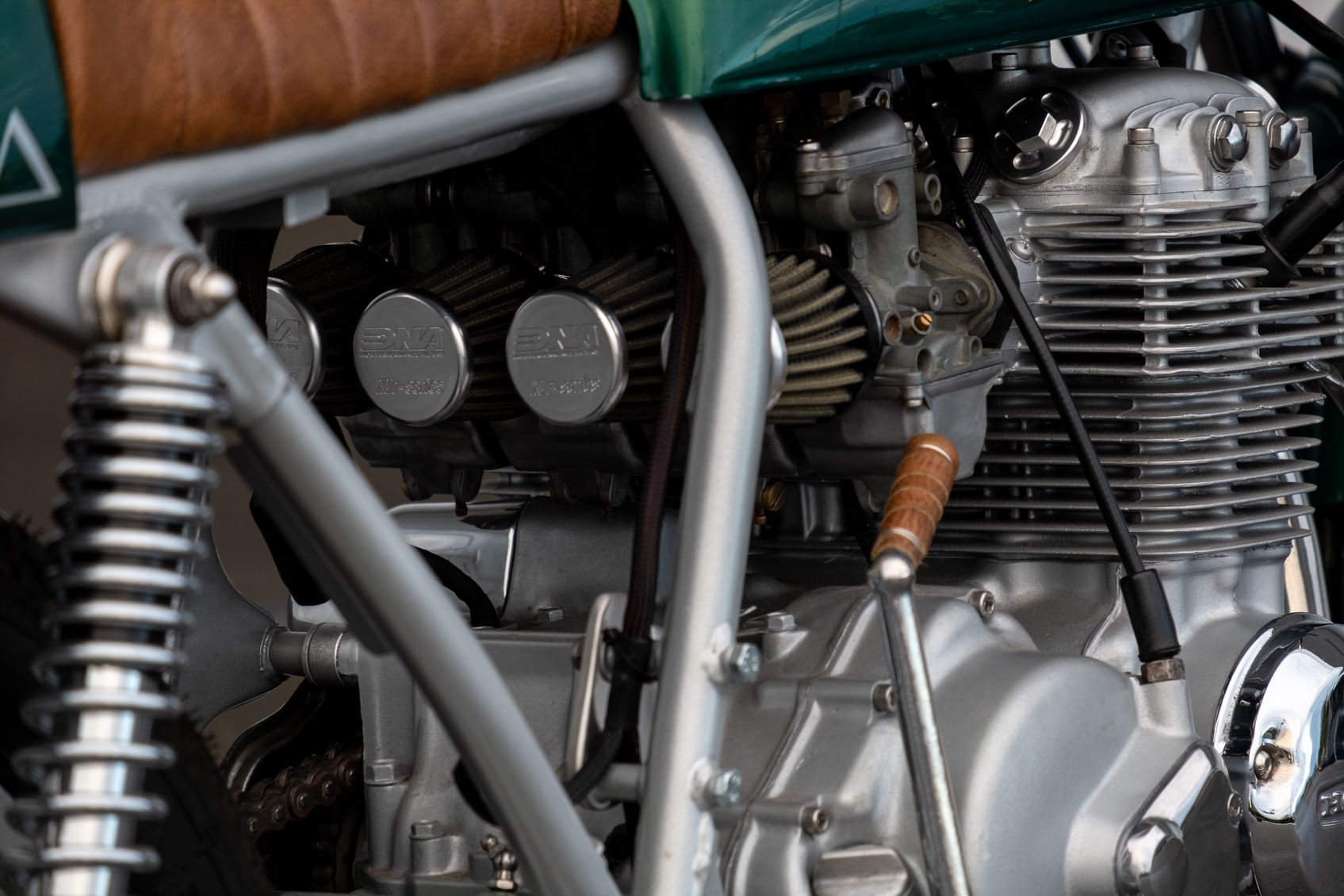
How Many Kilometres/Miles Before My Motorcycle Engine Needs To Be Rebuilt?
This is a loaded question that’s very dependent on your engine configuration, performance and manufacturer. In general this is our guide with our client builds as to whether they should think about rebuilding their engine.
Keep in mind our custom motorcycle build clients come to us and will usually do a lot of work on their bike of choice, wanting nothing but the best for their machine and expecting it to run like new for years to come when we’re finished with it. If I see the below numbers on their speedo we will take a good look at their engine and test to see if it needs reconditioning of the top end or a complete engine rebuild.
Test is the operative word, performing the right engine tests will give you an exact answer on what needs doing.
Average Range To See If Engines Need Reconditioning
| Engine type | Model | Range |
| Single Cylinder Engines | Yamaha SR500, GN250, DR-z400, DR650, XT500 etc. | 40,000 – 60,000 km
25,000 – 37,000 miles |
| Parallel Twin Cylinder Engines 250cc – 650cc | XS650, CB250T, CB400T, XS400 etc. | 30,000 – 60,000 km
18,500 – 37,000 miles |
| Parallel Twin Cylinder Engines 650cc + Above | W800, Triumph Air cooled, Triumph Liquid cooled etc. | 50,000 – 70,000 km
31,000 – 43,500 miles |
| L-Twin Cylinder Engines | Ducati engines | 40,000 – 50,000 km
25,000 – 31,000 miles |
| V-Twin Small Capacity (Japanese) Engines | Virago250, XV750, XVS650 and common metric bobber models | 40,000 – 60,000 km
25,000 – 37,000 miles |
| V-Twin Engines | Harley Davidson Models | 60,000 – 80,000 km
37,000 – 49,500 miles |
| Triple or Four Cylinder Engines 250cc – 750cc | Honda CB350f, CB400f,CB750, Suzuki GS550, GS750, Kawasaki GPZ550 GPz750 | 50,000 – 70,000 km
31,000 – 43,500 miles |
| Four Cylinder Engines 750cc + Above | Suzuki GSX1400, GS1000, Honda CB1000 | 60,000 – 80,000 km
37,000 – 49,500 miles |
These numbers are general guides, and depend on how the bike has been maintained and its previous history of use. However those are the numbers I use to see whether we need to factor in major engine work to our build projects. It should help you before moving on with your next checks.
Before troubleshooting your engine you need to make sure everything around the engine is operating properly. Starter motor, ignition system (spark plugs, coils, cdi, ignition trigger), carburettors/Injectors and fuel system. Making sure the engine has a clean oil filter and correct oil is a great start.
Ensuring you haven’t got a problem here can save you time and money chasing an internal engine issue that may not exist!
With that done It will be worthwhile checking the valve clearances and cam chain tension as these can be a source of noise if they aren’t properly adjusted.
With the external factors checked, valve timing and clearances done let’s run through the signs your engine needs a rebuild. These signs can be
- blowing smoke
- fouling plugs
- loss of power
- knocking or grinding noises from the top or bottom end
- misfire on a cylinder
- breathing heavy through the crankcase breather.
If your motorcycle is doing any of these things it’s a good sign it’s going to need a tear down.
If you couldn’t be arsed going through these steps and just want your engine rebuilt better than it was new, hit the motorcycle mechanic page and get in touch, PBM will happily take care of this diagnosis and rebuild for you.
Let’s break down these signs and give a little insight into what they mean for your engine.
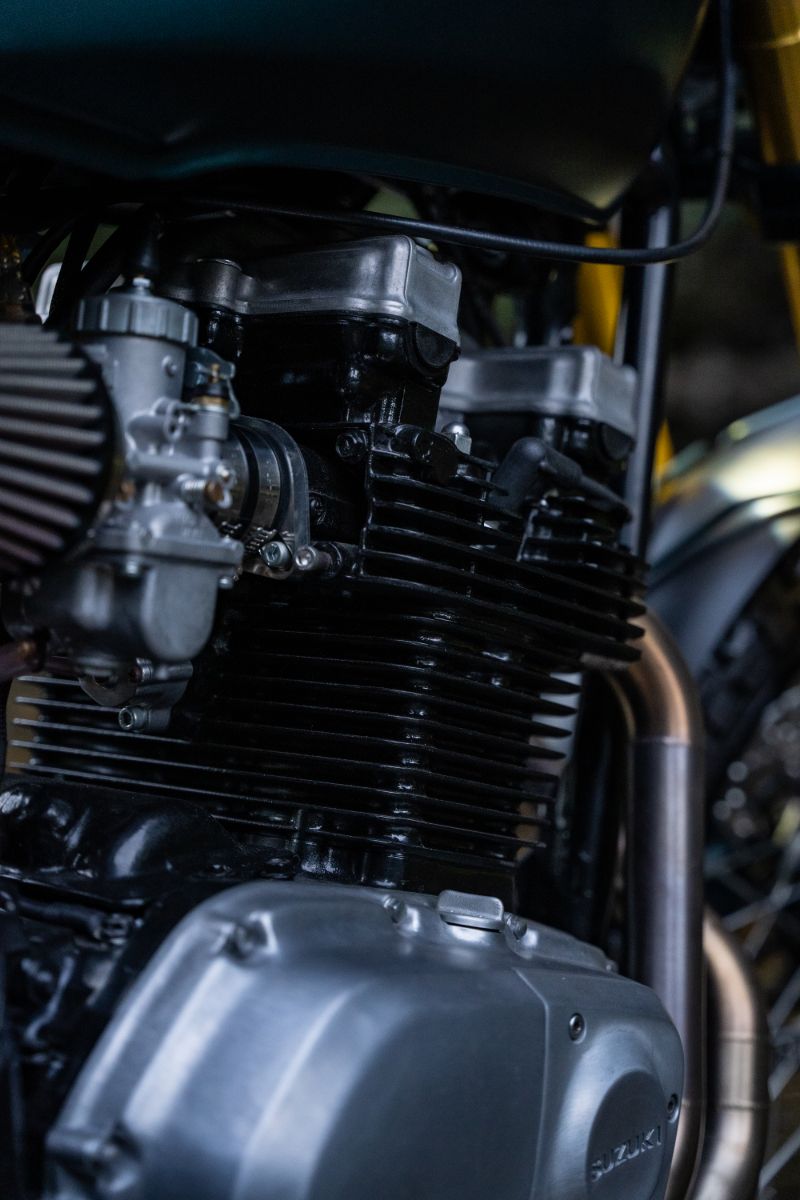
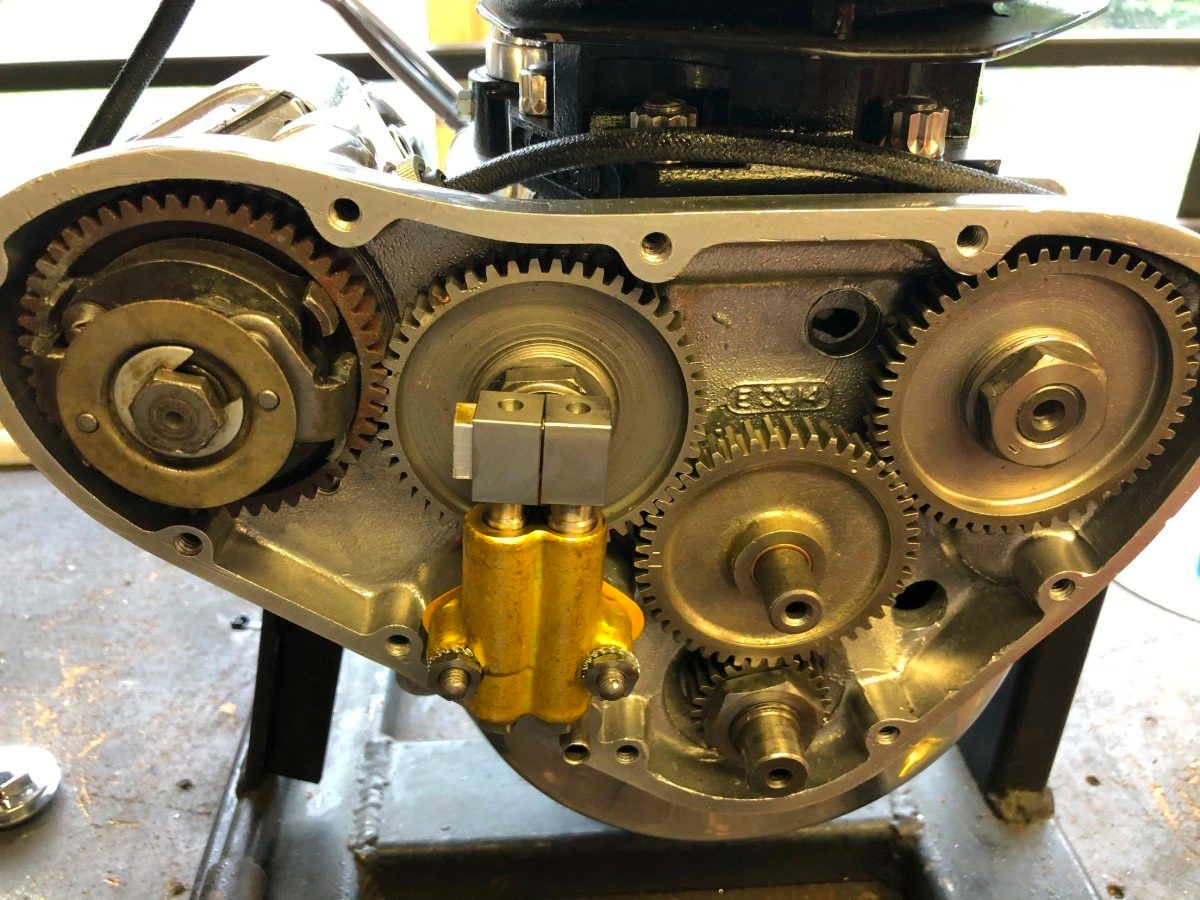
Motorcycle Engine is Blowing Smoke
Valve Not Seating Or Bad Seals
Signs you have a valve issue, if your engine blows blue smoke on start up when cold is an indication you have leaking valve stems seals. This can happen due to seals wearing out and getting old and brittle. Another reason can be worn valve guides which cause excessive movement of the valve steam resulting in the seal unable to seal around the stem. Another problem valves have is not seating in the valve seat. This will cause low compression in your engine. Seating issues can be caused by valves wearing into the seat overtime, incorrect valve adjustment or incorrect valve time causing valves to hit pistons.
Piston And Ring Issues
If your engine blows blue smoke under load that is an indication of worn out piston rings. If your engine is down on power and even misfiring on a cylinder, this is an indication of rings not sealing. Pistons and rings wear over time and eventually your cylinder will need to be machined to fit an oversized piston and rings.The best way to diagnose a piston or ring issue is a wet and dry compression test, this is explained below.
The best way to diagnose the problems of piston and ring issues is a compression test or leak down test. This test will determine whether your rings need replacing or the piston is damaged, Valves are worn and not seating properly. You can buy a compression tester from most auto stores. To use a compression tester you need to remove your spark plug and install the correct fitting of your comp tester into where your spark plug screws. Hold your throttle wide open and crank your bike over until the gauge on the tester will not increase any more. To do a wet compression test squirt a couple pumps of oil into your cylinder through the spark plug hole and repeat the test and compare the results against the dry test. If the wet test gives higher results by more than 20% then this will indicate ring issues. If you get the same or similar results it will mean either valve or head gasket is the issue.
This will arm you with the information you need to approach the right mechanic and have your motorcycle engine rebuilt.
Spark plugs can give a good indication of oil use too. If your spark plug is carboned up badly this is a sign of excessive oil getting into your cylinder from the problems we just described.
Noisy Top End On Your Motorcycle
Noises from the top end of your motorcycle engine can give you a hint at a few problems indicating it’s time for an engine rebuild. Worn or wrongly adjusted valves, worn out cam-lobes or cam shaft bearings. These can usually be spotted with visual inspection by removing the cam chain, and camshaft retainers to take a look. If there is wear showing this can be a sign of low oil making it to the top end and can point to a deeper issue, especially if it’s a relatively low Km/mileage engine. Just to note, if you do this inspection you will need to re-time the engine properly before attempting to start again.
Noisey Bottom End Of Your Motorcycle Engine
Noises from the bottom end of your motorcycle engine are rarely a good thing. If it’s not an issue with your stator or clutch these often cannot be solved with a simple inspection and replacement by taking one of the covers off.
Clutch Issues
Your clutch can be the source of a lot of noise, be sure to inspect the plate thickness, and tension of all the fixing bolts that hold your clutch basket in place and help it operate properly. Check the adjustment and alignment according to your workshop manual.
Same goes with your stator and rotor. Make sure everything here looks off and is running without fouling on anything as it rotates.
Gearbox Issues
Gearboxes show symptoms like jumping out of gear, false neutrals or hard shifting. Motorcycle gearboxes have what we call a dog box style gearbox.This allows the gearbox to shift faster and harder than a conventional car gearbox. A typical issue with dog boxes is over time the dog teeth which mesh together to engage the gear wear down and cause the selected gear to jump out. Unfortunately most motorcycle gearboxes are inside the engine and to fix we need to remove and split the engine cases.
Crankshafts Issues
A sign your crankshaft is worn is low oil pressure. The reason for this is that crankshaft bearings use a white metal bearing shell around the journal of the crankshaft. These bearings fit around the crankshaft journal with clearance of 0.0127 to 0.0254 of millimeter. Oil pressure runs inside this clearance and stops the journal from touching the bearing. If this clearance gets larger from a drop in oil pressure caused by the bearing to touch the journal and rub and wear. It causes the oil system in the engine to drop pressure from lack of resistance due too much bearing clearance.
This is a major issue for an engine and if not fixed can cause extreme damage to your engine like breaking a conrod or snapping a crankshaft. Signs of a conrod bearing with excessive clearance is a knocking noise usually louder at idle. Checking the main bearing clearance is harder and will require your crankshaft to be removed and measured for wear. To fix crankshaft issues requires journals to be ground down and oversized bearings to be installed. Most single cylinder engines will use roller bearings on the crankshaft. These require less oil pressure than a slipper bearing type engine as the bearings use needle rollers or balls as opposed to oil pressure. These roller and ball bearings do wear over time and will cause similar issues to slipper bearings like conrod bearing knock.
Head Gasket Issue
Head gasket issues can cause low compression and a misfire if the gasket has failed. On water cooled bikes you will notice loss of coolant and overheating. Air cooled engines will get compression issues and if riding at night give a flash which is exploding air and fuel escaping out of the head gasket to atmosphere.
Carburettor Issue
If a carby isn’t functioning right it can destroy your engine. Lack of fuel to an engine can overheat the cylinder and cause pinging/pre-detonation. This is when fuel is ignited in the cylinder before the spark plug does and causes two flame fronts. These two flame fronts fight each other and cause a super heated explosion which can damage pistons to the point of burning a hole through them. It’s always important to run the correct octane fuel for your bike and make sure you have the correct ignition timing set.
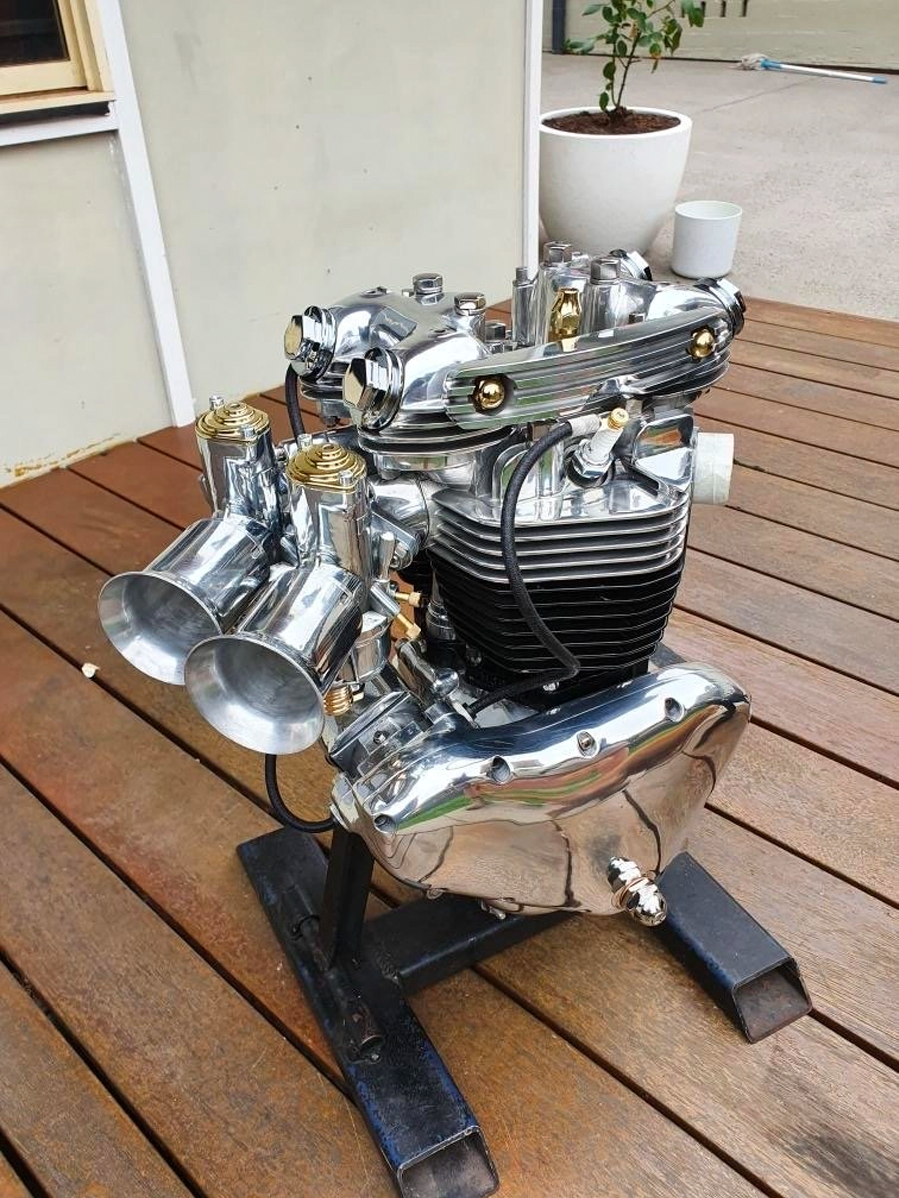
An engine rebuild is part of owning classic motorcycle. If you follow this article section by section you should be able to determine what the source of the problem is with your motorcycle engine. Having all the information when you go into your motorcycle engine mechanic will help you not only communicate where the problem lies, saving you time and money, but also understand how to keep your classic motorcycle engine in top shape.
If you’re experiencing any of these issues then get in touch with and we can give your motorcycle engine rebuild the attention it needs.
WE BUILD BIKES WITH PURPOSE.
Purpose Built Moto is home for unique custom motorcycle builds. We offer a unique motorcycle customizing experience in the heart of the Gold Coast.


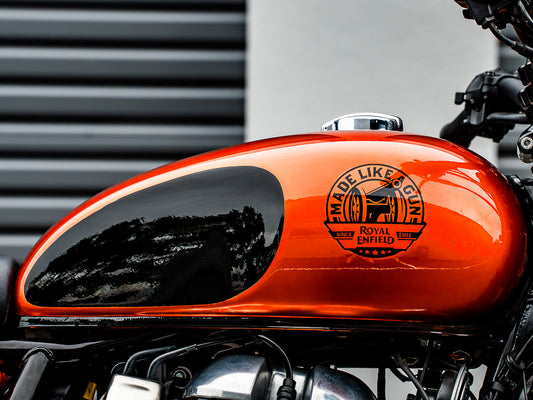
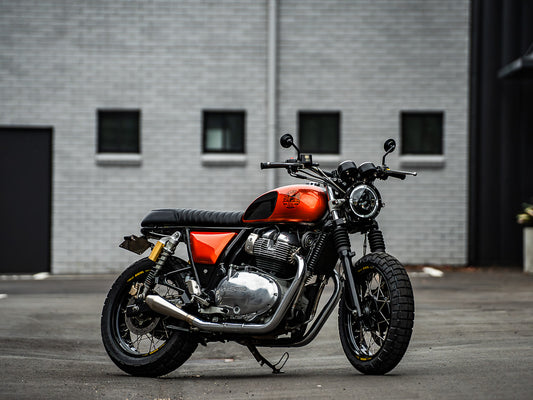
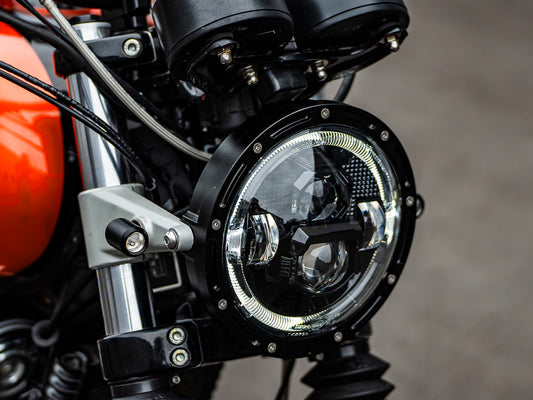
1 comment
2000 Harley Davidson ultra classic with 102675 miles.oil blows out through air filter after running about 75mph.canged rocker filters and air filter..put true dual exhaust on
any idea why it still does that?
thinking of going big cylinder kit